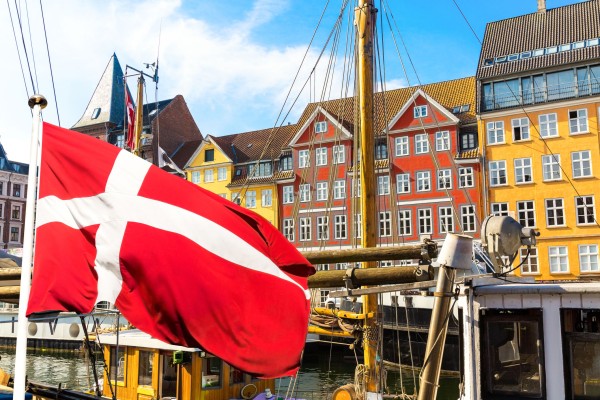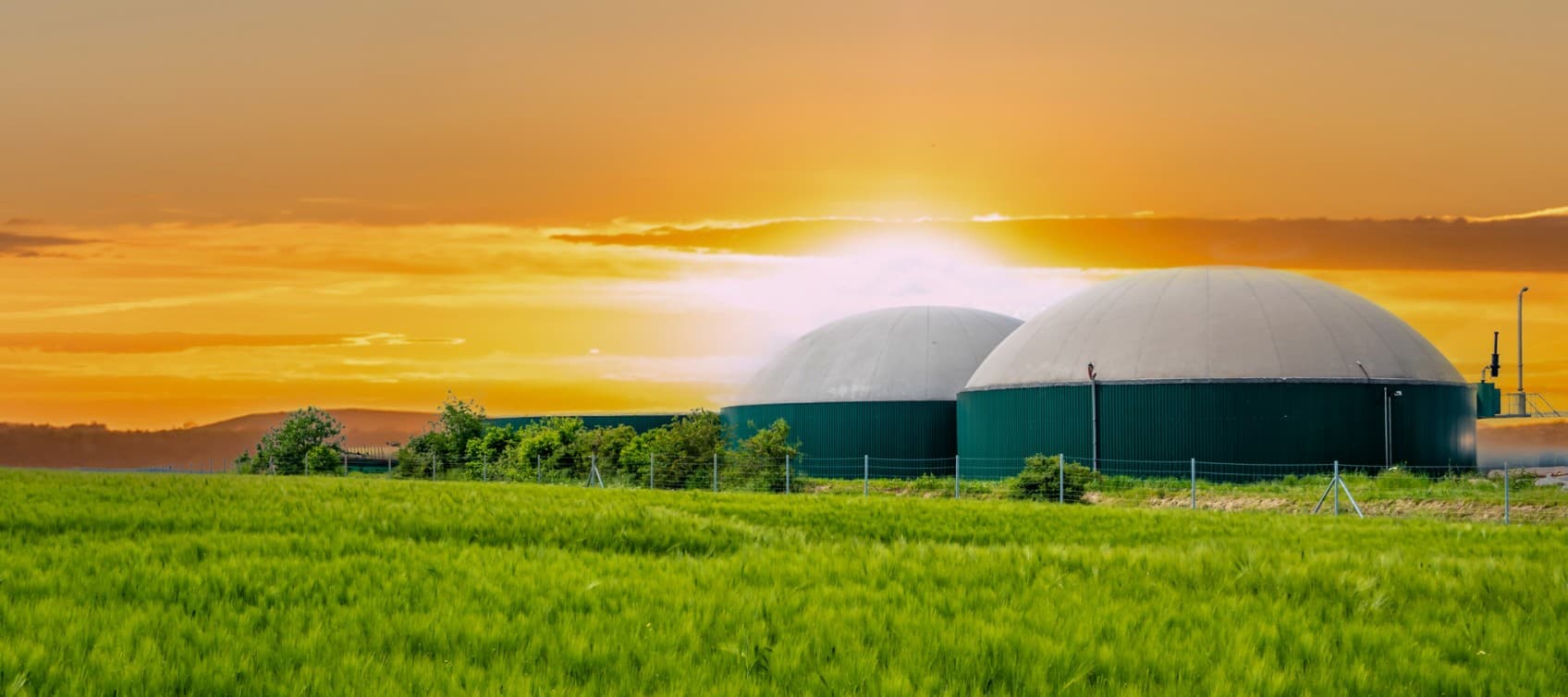The European Union is pushing hard to increase its production of biomethane – but why the urgency? And why is biomethane the right choice to help tackle the problem?
Reducing dependence on gas from Russia
Before the start of the Russia-Ukraine war, natural gas from Russia was a vital source of energy for the EU. Of all the gas used in the EU in 2021, 40% of pipeline gas and 5% of liquid natural gas (LNG) came from Russia.
But in 2022, Russia invaded Ukraine and slashed gas exports to Europe, leading to fears of a winter energy shortage. The EU couldn’t sanction Russian gas, because the region was dependent on it to heat homes and keep the economy humming.
The looming threat of being cut off from Russian gas motivated the EU to find new ways to meet its energy needs. The EU wants to be completely free from Russian gas by 2027, and has been diversifying its suppliers, looking to renewable energy sources, and prioritising locally-produced gas. The change has been dramatic: in 2023, just 9% of pipeline gas and 6% of LNG used in the EU came from Russia.
Why biomethane is a winning solution

Source: iStock image used for illustrative purposes only. Not an actual representation of a Clarus business.
Biomethane is one of the solutions the EU is backing to completely remove its reliance on Russian energy. It is an extremely appealing option as a replacement for natural gas, because it is chemically identical to pipeline and LNG methane, but it can be produced locally from organic waste. It is the cheapest renewable gas to produce and the most rapidly scalable.
Turning to biomethane has a range of benefits. It repurposes waste products, reduces emissions and boosts energy security. While it requires considerable investment, it also brings sizeable economic benefits, including job creation. Because production also creates regenerative fertiliser, the process also improves food security by reducing reliance on imported fertilisers.
As a result of the EU starting its biomethane push, production rose 20% in 2022, from 3.5 billion cubic meters (bcm) to 4.2 bcm. By 2030, the EU is aiming for 35bcm of biomethane production, which will require 30% annual growth. An additional 5,000 new biomethane production facilities will be needed, contributing to a biogas and biomethane sector that will create 420,000 jobs by 2030.
From shipping to heating, biomethane is in demand

Source: iStock image used for illustrative purposes only. Not an actual representation of a Clarus business.
While the EU’s growth targets seem ambitious, demand is high for biomethane because it can be used for many purposes across a wide range of industries. It can be substituted for natural gas without any infrastructure changes and used for heating homes and buildings, as well as providing fast, high heat for industrial applications.
Both the shipping and long-distance land transport sectors are interested in accessing reliable biomethane, and it’s already being injected into national gas grids across Europe. In Denmark, 40% of the national gas supply is now biomethane, and the nation would like to increase this to 100% by 2030.
“This growth, combined with the growing number of plants that continue to come online, is evidence of the contribution biomethane will make in Europe,” says Martin McCaffery, Associate Director at Maquarie. “Biomethane is proven, it’s commercial – and it's dealing with decarbonisation and the energy transition now.”
Biomethane is gaining ground in Aotearoa

First Renewables biogas to biomethane upgrading facility, New Zealand
In New Zealand the benefits of biomethane make it an ideal tool for decarbonising many hard-to-abate local industries. We also have a wealth of organic waste that can be used to feed digesters and eventually create biomethane, thanks to our flourishing agricultural sector.
The country’s first biogas-to-biomethane upgrading facility, created by First Renewables, will be up and running soon, in what we hope will be the first of many across New Zealand. “The demand for biogas is growing,” says James Irvine, Future Fuels GM at Clarus. “We’re really excited to get started and see what this could mean for Aotearoa.”
To learn more about how Clarus is supporting the transition to a net carbon neutral New Zealand, visit Future of Energy.





